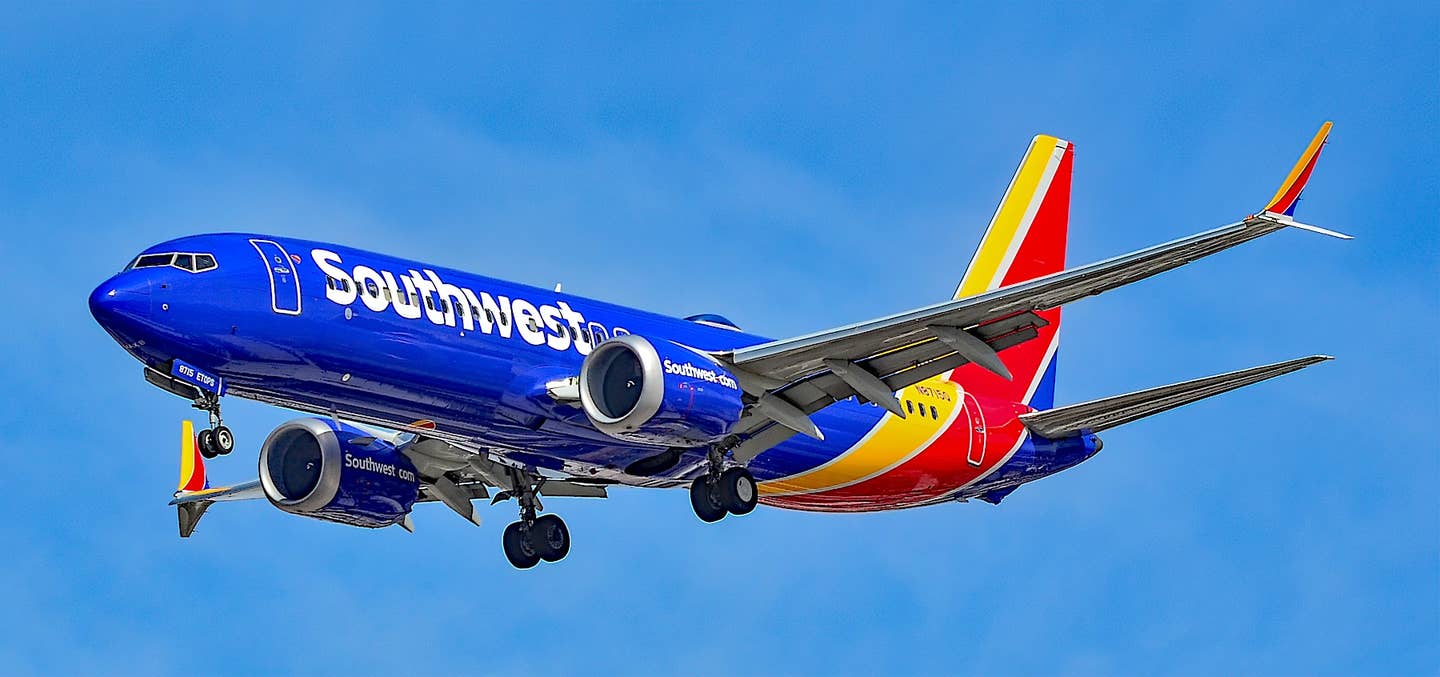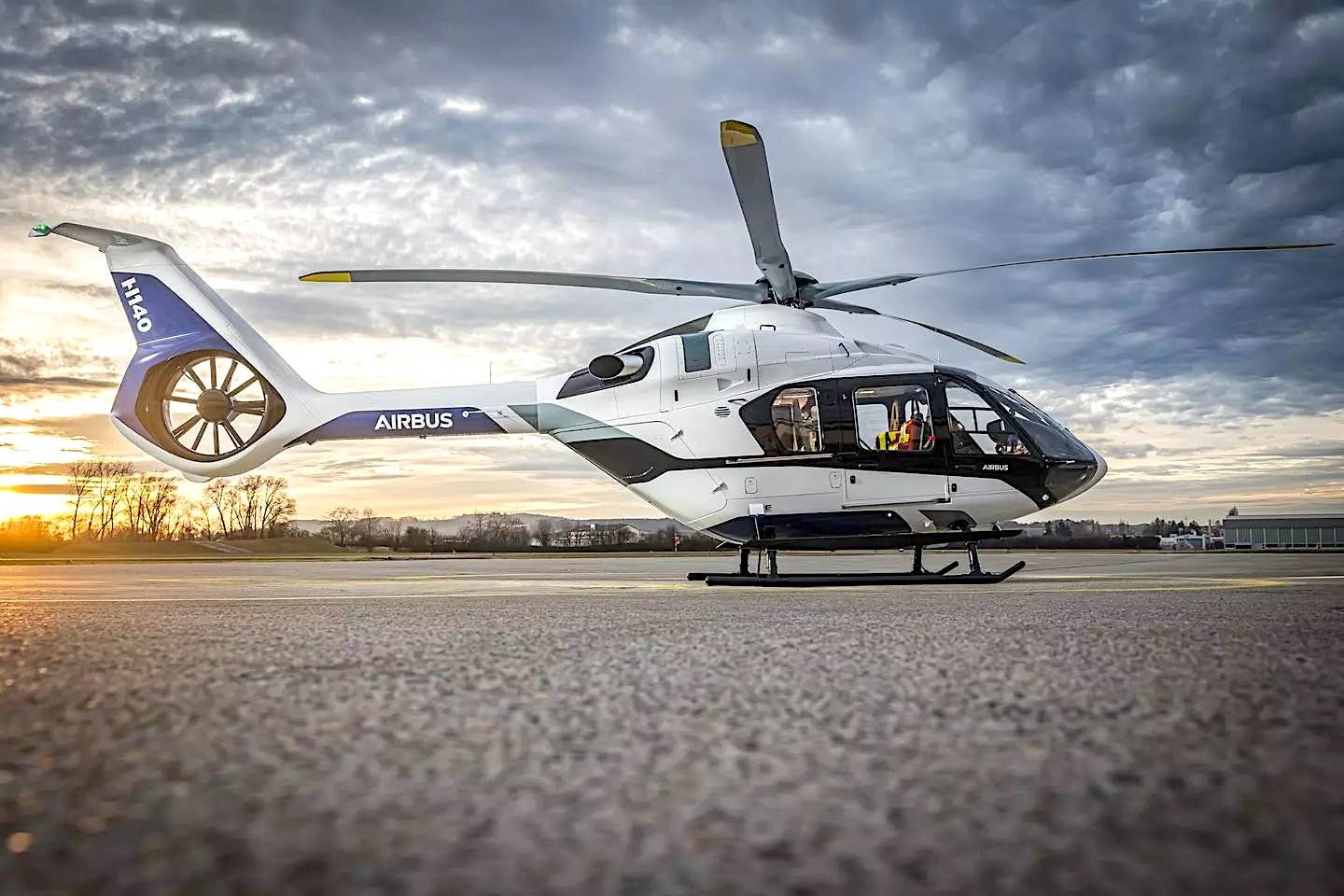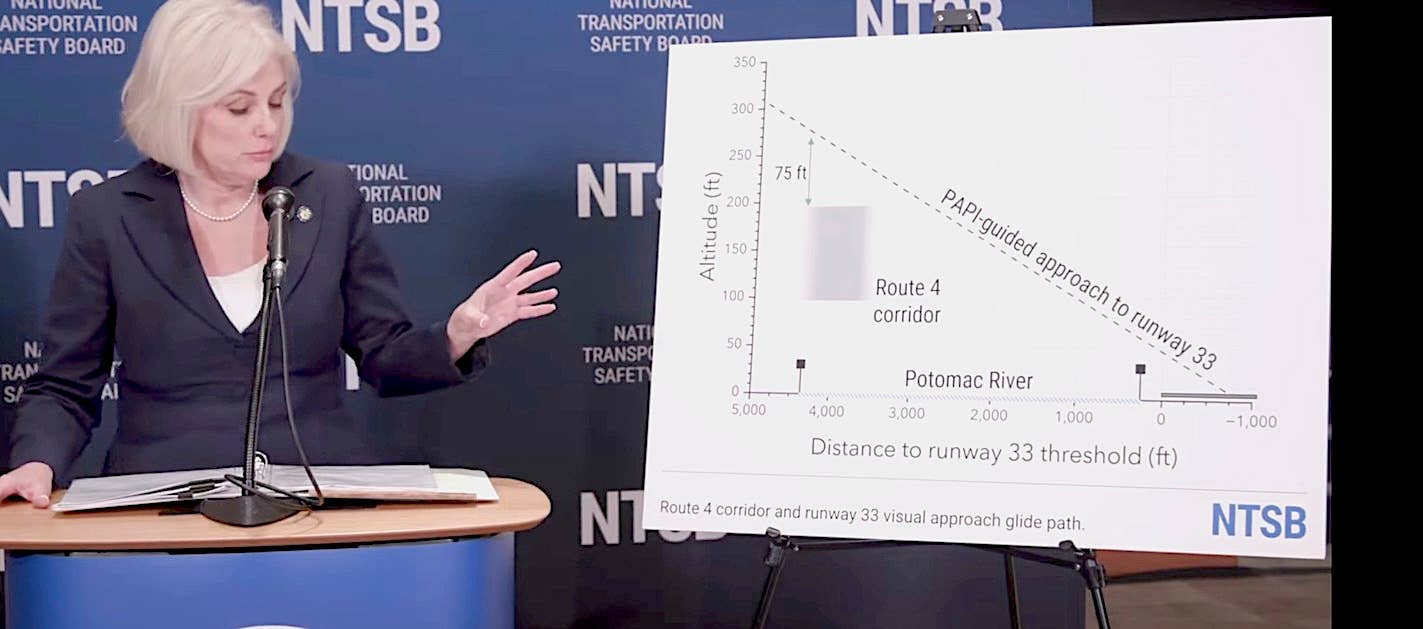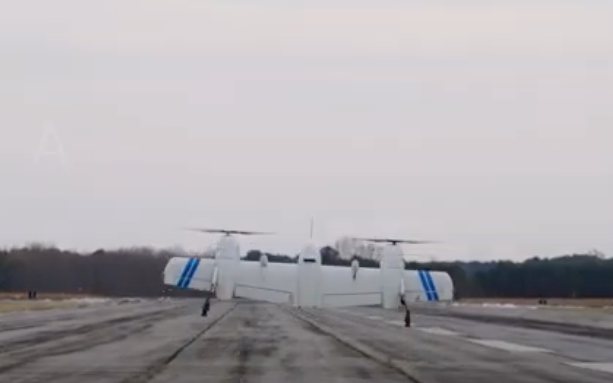Long-Awaited Starliner Launch Breaks A Six-Decade Drought
An Atlas rocket has launched with astronauts aboard for the first time since Gordon Cooper’s final Mercury flight in his Faith 7 capsule on May 15, 1963 (powered by an…

Image: NASA TV
An Atlas rocket has launched with astronauts aboard for the first time since Gordon Cooper’s final Mercury flight in his Faith 7 capsule on May 15, 1963 (powered by an Atlas LV-3B 130-D). The Atlas V rocket that launched today (June 5), manufactured by United Launch Alliance and powered at liftoff by a Russian-built RD-180 first-stage engine, carried Boeing’s Starliner crew ferry ship to orbit following multiple launch delays over the past several days. The spacecraft departed from Cape Canaveral Space Force Station’s Pad 41 (a few miles from Cooper’s 1963 launch site) at 10:52 a.m. EDT and is considered a “shakedown” flight to the International Space Station.
On board are former Navy test pilots Barry “Butch” Wilmore and Sunita Williams, both now active-duty NASA astronauts. Between them, they have four space flights logged, including 500 days in orbit and 11 space walks. Their mission calls for monitoring automated controls during the initial launch, testing manual controls en route, then monitoring the automated 25-hour rendezvous and docking sequence with the International Space Station just past noon tomorrow (EDT).
Boeing’s Starliner is considered four years behind Elon Musk’s SpaceX Crew Dragon, which has already carried 50 astronauts, Russian cosmonauts and civilians on 13 orbital flights since 2020, all but one to the space station. But Williams and Wilmore say the Starliner is safer and more capable than the competition, with multiple upgrades. Williams said, “I’m not going to say it’s been easy … We knew we would get here eventually. It’s a solid spacecraft. I don’t think I would really want to be in any other place right now.”
Elon Musk, founder of SpaceX, posted a congratulatory message to the Starliner team on his social media platform X. “Congratulations on a successful launch,” he wrote.
After docking and meeting with the astronauts and cosmonauts currently on board the space station, the Starliner crew is scheduled to begin its return journey to Earth on June 14. That date is subject to weather forecasts for the landing sites in western U.S. desert regions. Going forward, NASA is expected to certify the Starliner for annual routine rotation flights to the space station. Current plans call for alternating missions with the SpaceX Crew Dragon to deliver crews to the space station for six-month duty tours.






